Laboratory Control
Waldner has been developing laboratory control systems for 30 years. Experience and project knowledge are constantly being incorporated into its further development to implement customer-specific adaptable laboratory control systems governing energy efficiency and future-proof control strategies in laboratories. The Waldner Airflow-Controller AC4 is the latest version of our laboratory control system. Demand-led air flow damper control provides for the energy-optimised operation of laboratories and thus maximum efficiency – naturally taking into account all standards and legal requirements.
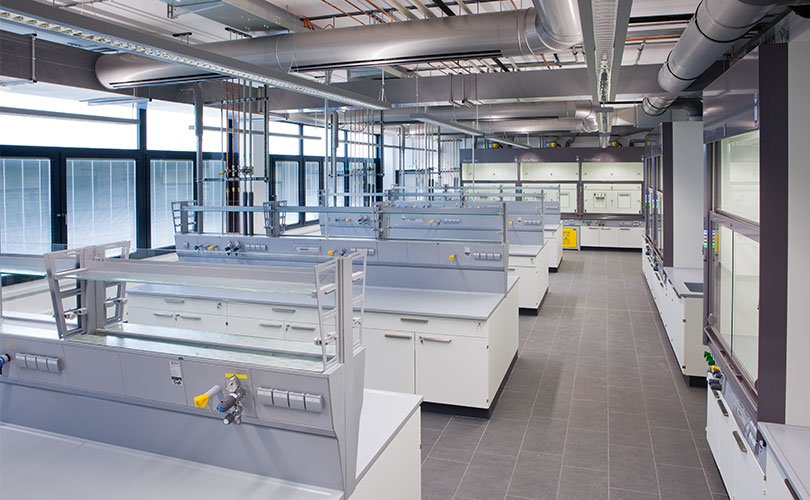
Master Function for Room Control
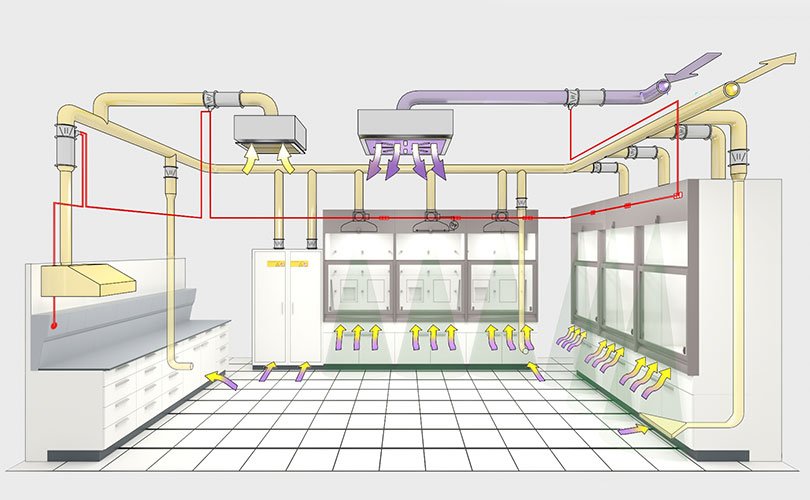
The AC4 module records the individual exhaust air volumes of all the extraction units in the laboratory and calculates a total air volume from this. A distinction is made between different operating statuses (e.g. daytime operation, night setback), for which a respective minimum air exchange is maintained. The air volumes of the individual consumers can be controlled as required on this basis. An automatic alarm is issued in the event of deviations from the target values. The total air volumes needed can be reduced by virtue of optimum (minimum) ventilation at all times, achieving the very best possible energy efficiency.
Benefits
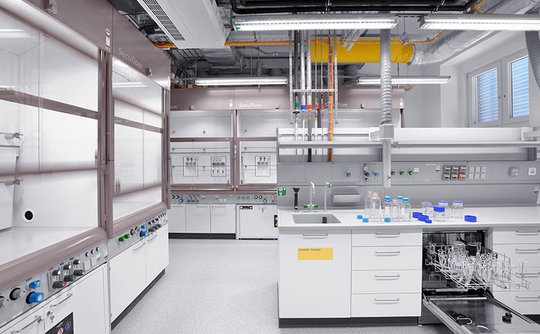
Air flow damper control depending on the sash position
When the sash is closed, the extract air volume is automatically reduced, and increased as required when the sash is open.
- Reduced energy consumption
- Optimised operating costs
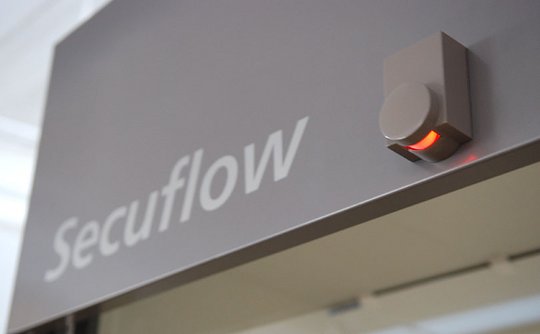
Sliding window controller SC
A motion sensor monitors the sash of the fume hood. If no movement is detected in front of the fume hood within a specified period of time, the sash closes automatically.
- The highest possible safety standards in the laboratory, thanks to closed sashes.
- The best possible energy savings in conjunction with the VAV extract air system (Airflow-Controller).
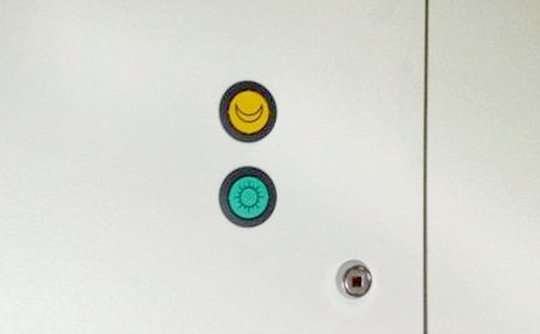
Night setback
The room air exchange is regulated to a minimum value at night.
- Reduction in night operation to 100 m³/h
- Maximum energy savings
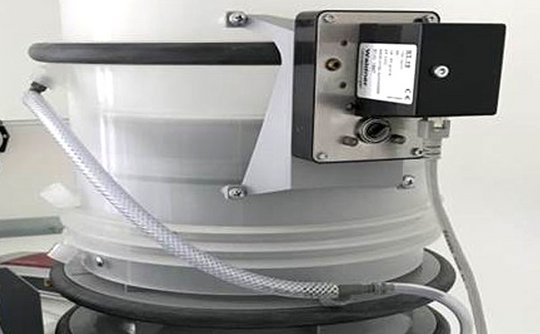
High-speed actuator
The air flow damper needs to regulate quickly and precisely for a fume hood to guarantee its protective pollution retention objectives. This guarantees that the required extract air volume flow is ensured when the sash is opened.
- Response time for adjustment of the volume flow when the sash is open is less than one second
- Maximum safety standards when operating the fume hood
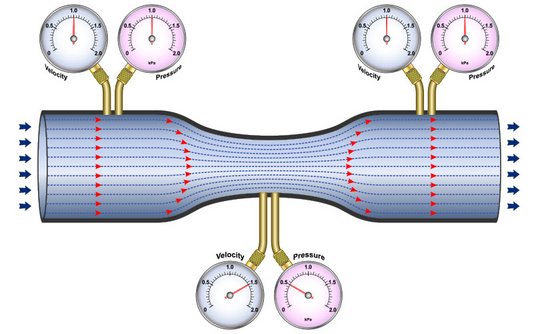
Venturi effective pressure detection
The sound pressure level of ventilation systems must be kept below 52 dB(A) in accordance with DIN 1946 Part 7. To minimise the impact of the extract air volume control on the sound emissions, Waldner uses flow-optimised volume flow measurements based on the Venturi principle.
- Extremely quiet operation: Reduction of the sound (capacity) level by up to 10 dB(A)
- Increased energy efficiency: Reduced pressure loss of 15 Pa; pressure loss specification reduced by 10 %
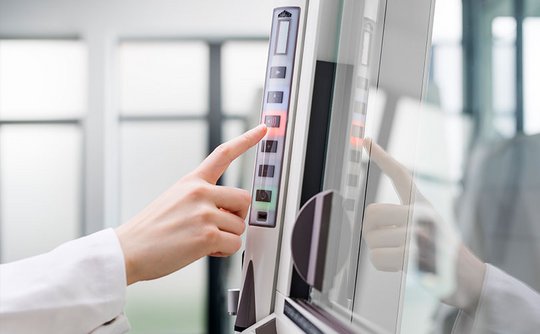
Control panel
The display shows system-relevant data, such as target and actual values, energy consumption data, function of the Secuflow fan, maintenance intervals as well as warnings and alarms.
- Fast and clear communication
- Consumption monitoring
- Error analysis
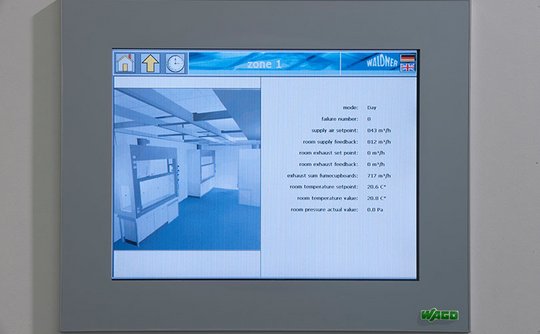
Standardised solution
The fume hood and control are perfectly coordinated with AC4.
- One point of contact for the safe operation of the fume hood
- Clear CE marking, type-tested according to EN 14175-6
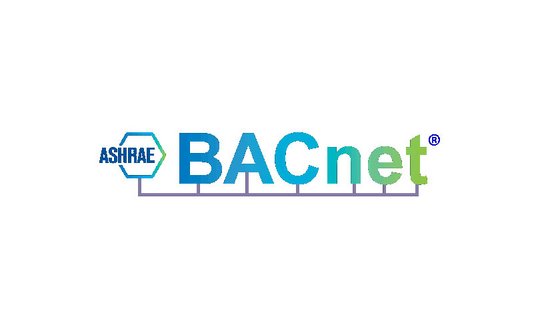
BTL-certified BACnet connection
BACnet, which complies with the ASHRAE 135 and ISO 16484-5 standards, has established itself as a standard for communication between control components in laboratories and the building management system (BMS).
- Defined BIBBs (BACnet Interoperability Building Blocks)
- Fast connection
- Optimum project management
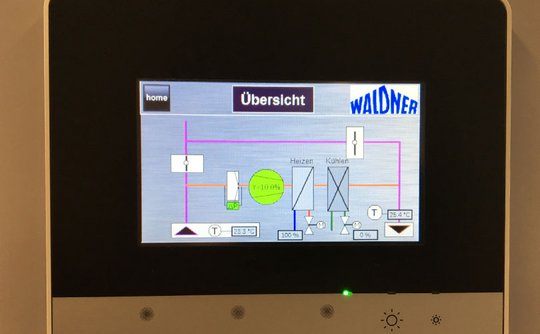
Integrated systems
From the simple stand-alone solution using air management with all the required air flow dampers to comprehensive laboratory control with temperature (heating/cooling), light and shading
- Modular system with integrated concept
- CANopen networked control modules
- Extensive monitoring and automation options
This could also be interesting for you
